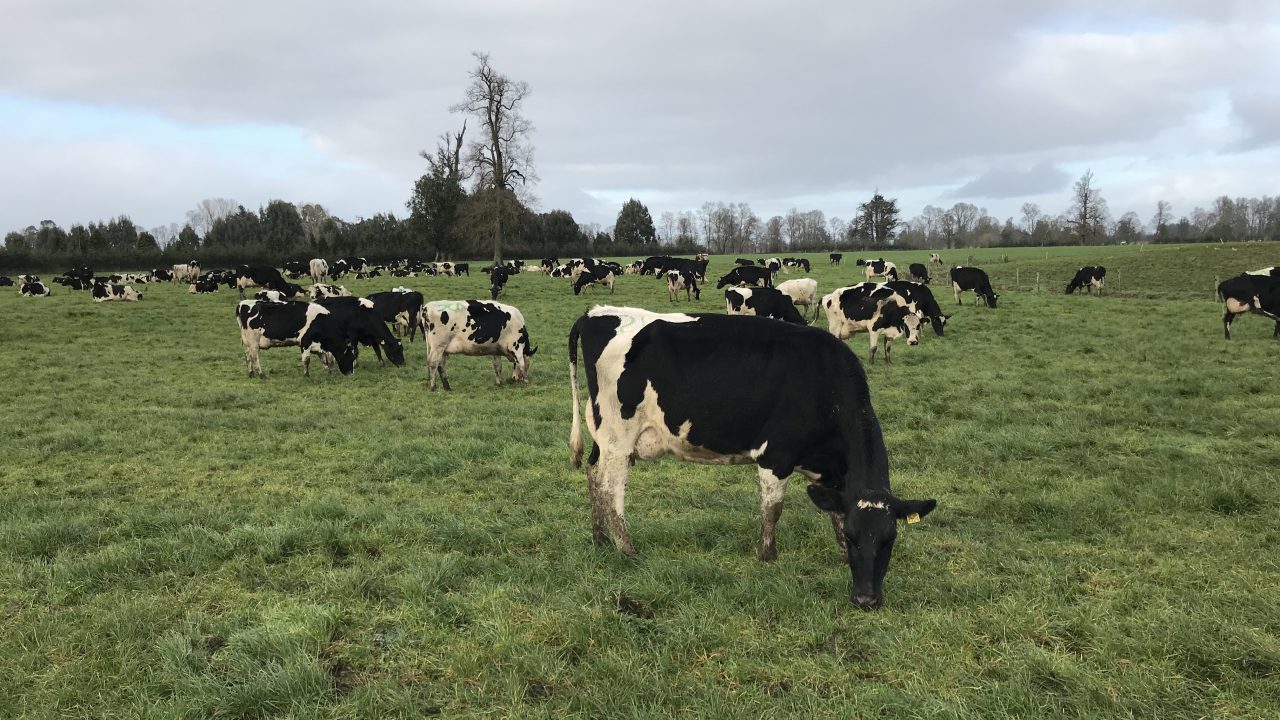The weather in January and early February has been quite good, with many farmers able to get cows out to grass.
The rain last weekend has made getting cows out to grass a little more challenging, but you should still aim to get cows out – if possible.
At this time of year, rather than asking yourself if the cows can go out, you should consider just how long they can go out for. Albeit, there will be days where getting cows out will not be achievable.
Grass is the cheapest feed on farms and with input costs being so high, it is important that the amount of grass in cows’ diets is maximised.
Getting cows grazing also saves on silage supplies, which may come in handy further down the line.
Cows grazing for up to three hours can lead to a major saving in silage and can also help you on the way to spring grazing targets.
How long the cows can spending grazing will be determined by ground conditions, with a huge variability from farm to farm. But, getting cows out for even just a short amount of time is beneficial.
Grass
Start with your driest paddocks and allocate small areas, enough to feed the cows for the amount of time you plan on having them out.
At this time of the year, reels and pigtail posts are extremely important for grassland management.
You should also aim to use paddocks with the lowest covers; a cow’s appetite will be reduced after calving.
Completing a grass walk ahead of turnout will help to determine the paddocks that will be suitable.
A freshly calved cow will have a dry matter (DM) intake of about 11kg/day; this will increase by about 0.5-1kg/week, until peak intake is reached at week seven of lactation.
This should also reduce the amount of grass wasted by excited cows getting out to grass for the first time this year.
Spur roadways
As you work through paddocks, spur roadways are a good way of protecting areas that have already been grazed.
Spur roadways sacrifice a small area, usually along a fence line, to allow cows to gain access to grass. They are extremely useful at this time of the year for grassland management and help to reduce damage caused in paddocks.
They can also be used in paddocks where you want to graze the back of the paddock first and work your way to the front.

